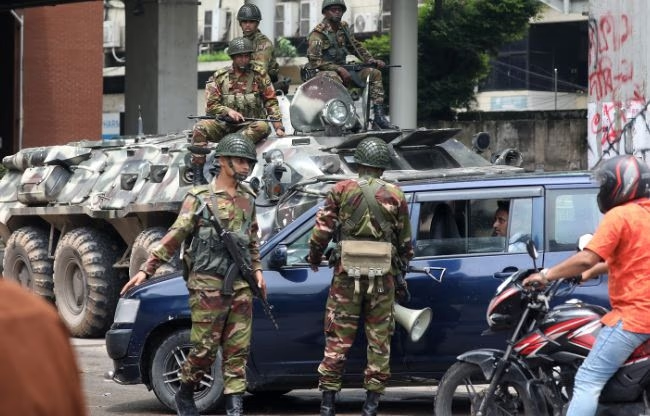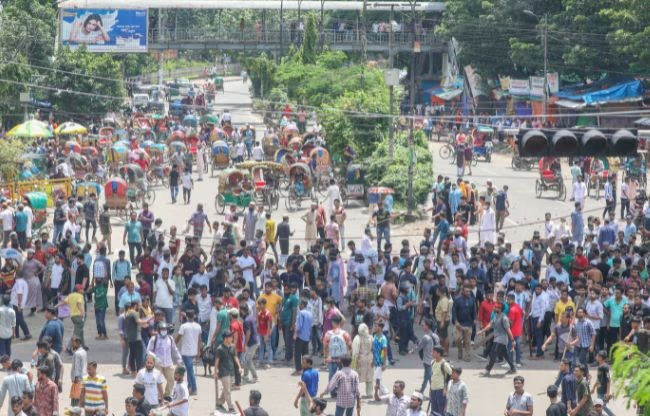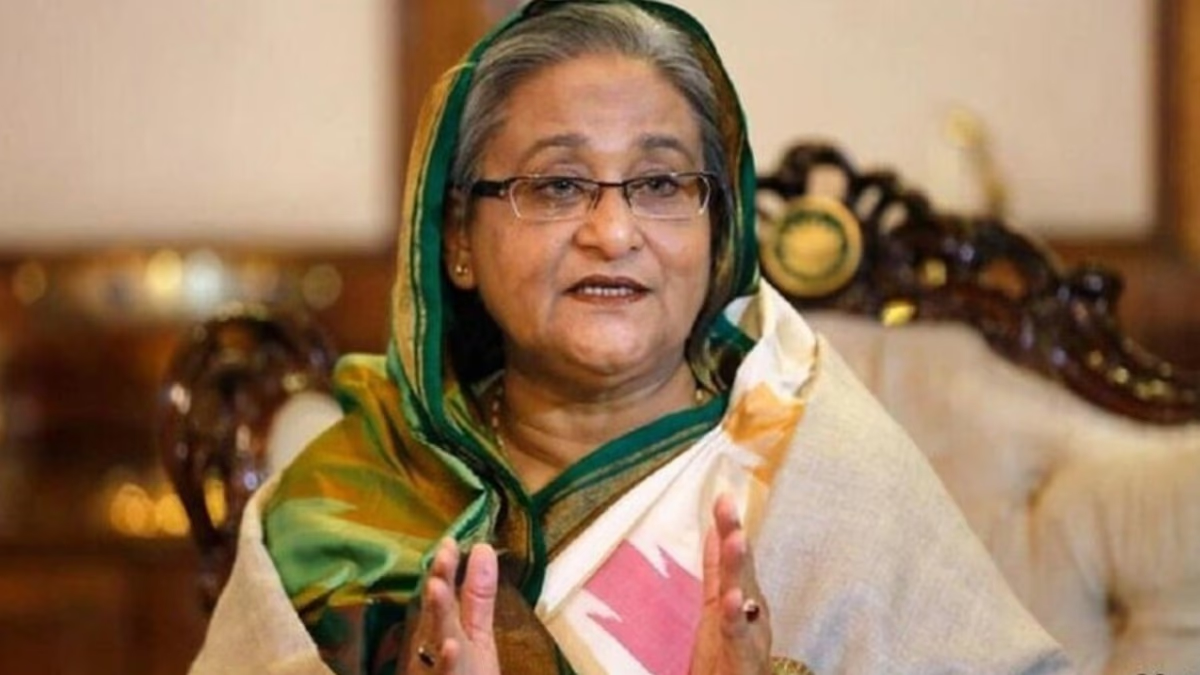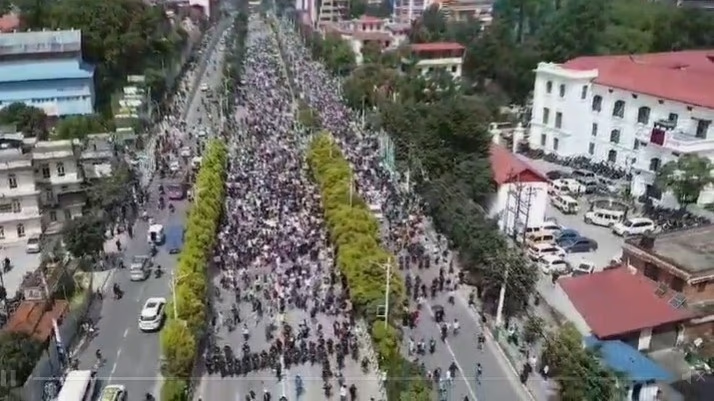Amid violence in Bangladesh, a coup has taken place. Prime Minister Sheikh Hasina has resigned and left Bangladesh. Reports suggest she might come to Delhi, accompanied by her sister Sheikh Rehana.
Bangladesh’s Army Chief Waqar-uz-Zaman has announced the formation of an interim government and called for peace.
Following her departure, protesters set her office on fire and are hunting down members of her party, the Awami League. Protesters have also occupied the Prime Minister’s residence.
On Sunday, Bangladesh saw intense violent protests. Demonstrators were adamant about demanding Sheikh Hasina’s resignation. Over 100 people reportedly died during these protests. The government declared holidays, shut down the internet, and deployed the army across the country.
The 'script' for Sheikh Hasina’s 'overthrow' had been written months ago. Opposition against her began even before she assumed office as Prime Minister for the fifth time in January. The student protests over the quota system eventually forced her out of power after 15 years.
Controversial Election Victory
In January, Bangladesh held parliamentary elections marred by opposition allegations of massive fraud. The opposition, led by the Bangladesh Nationalist Party (BNP) and Jamaat-e-Islami, boycotted the elections. Fifteen political parties also refrained from participating.
Only 40% of eligible voters cast their ballots, a sharp contrast to the over 80% turnout in 2018. The opposition boycott allowed Sheikh Hasina’s Awami League to secure over two-thirds of the seats, winning 224 out of 300 seats.
Quota System Controversy
Bangladesh's history of violence and protests includes multiple instances against the Hasina government. Recently, the controversy over government job quotas sparked new unrest.
Bangladesh had extensive reservations in government jobs: 30% for freedom fighters and their descendants, 10% for war-affected women, 40% for various districts, and 20% for merit-based candidates.
This quota system saw periodic changes, but the reservation for freedom fighters and their descendants remained intact. In 2018, Hasina's government abolished the quota system. In June of the same year, the High Court deemed the abolition illegal and ordered the quotas reinstated. The government challenged this in the Supreme Court.
Students took to the streets, demanding reforms to the quota system, claiming it disproportionately benefited leaders of the Awami League. Police efforts to suppress these protests ignited further violence.

Source: aajtak
Violence Sparked by Six Deaths
Violence escalated on July 16, when clashes between protesters and government supporters in Dhaka resulted in six deaths. Consequently, Hasina's government ordered the closure of all schools and colleges.
Protesters intensified their demands for Sheikh Hasina’s resignation. They set fire to several government buildings and the headquarters of Bangladesh TV. The government imposed an internet ban to curb the protests.
On July 21, the Supreme Court overturned the High Court's decision on the quota system, reducing the reservation for freedom fighters and their descendants to 5%. This ruling slightly calmed the students' anger.
From Apology to Resignation Demands
Last week, student protests resumed. Demonstrators blamed Sheikh Hasina for the violence and demanded a public apology. They also called for the restoration of internet services, reopening of schools and colleges, and the release of arrested students.
Protests over her apology soon escalated to demands for her resignation. On August 4, students launched a non-cooperation movement, resulting in widespread violence and the deaths of over 100 people.
The government replaced the police with the army to control the situation. The army, however, sided with the protesters. Former Army Chief General Iqbal Karim Bhuiyan urged the government to recall the army, while current Army Chief Waqar-uz-Zaman affirmed the army's support for the people.

Source: aajtak
Sheikh Hasina’s Resignation
On August 6, students planned a long march to Dhaka to demand Sheikh Hasina's removal.
Protesters called for maximum participation in this long march, which saw notable involvement from women, and the army did not intervene.
Before the protesters reached Dhaka, Sheikh Hasina resigned and left the country. Protesters occupied the prime ministerial residence and set fire to the Awami League's office.
Sheikh Hasina has now left Bangladesh. Reports indicate she might be traveling to Delhi and then to London. An interim government will govern Bangladesh for now.




